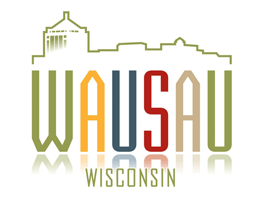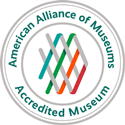Almost every day local, state, or national news reports tell of damaging storms, industrial accidents, or gas and oil spills – all classified as disasters. I shudder at the thought of something similar happening near the Woodson Art Museum.
Disasters are events that seriously disrupt normal services and functions and fall into in two categories: natural, including tornado, flood, or earthquake; and man-made, comprising oil spills, nuclear explosions, and forest fires to name a few. Whichever the event, the consequences are considered the direct result of inappropriately managed risk.
Planning for wide-ranging tragedies is common for businesses, homes, and museums. No one wants to be unprepared or unable to mitigate damage as quickly as possible. Remember the fire drill of grade-school days?
Striving toward the Woodson Art Museum’s goal to be prepared for any catastrophe, I participated in three workshops held over the past seven months. A cooperative venture, the series was funded as part of Wisconsin’s 2014 IMLS Connecting to Collections Statewide Planning Grant, administered through the Wisconsin Historical Society, and presented by Elisa Redman, director of preservation services, Midwest Art Conservation Center.
Each session focused on a topic specific to writing a comprehensive disaster response plan. The utmost consideration should always be given to the safety and health of staff and visitors. Securing the building and protecting the collections follows.
The first meeting provided information for a step-by-step risk assessment. Participants, mostly from central Wisconsin, discussed the natural and man-made occurrences specific to our institutions and region. As a practical exercise, we toured inside and outside the meeting facility. We pinpointed problems and brainstormed ideas to mitigate damage specific to a range of disasters. We were challenged to complete an assessment form for our facility. It’s proven a very helpful document as I write the Woodson’s plan.
Once most eventualities have been identified, the next step is to assemble an emergency supply kit. The second session focused on practical issues – identifying essential items for cleanup and safety, including towels and bandages, boots and respirators, tools and vacuums. Potentially, hundreds of recovery items might be necessary, but not realistic to keep all on hand. Compiling a list of suppliers with contact information is critical, including both local suppliers and those further afield. Keeping the list with the emergency recovery kit and also considering nearby off-site storage for some supplies, can help to alleviate panic in a stressful situation.
Once the damage is done, what’s next? The third and final session addressed the critical first forty-eight hours after an incident. Having a “Disaster Preparedness and Emergency Response Plan” will guide staff and volunteers, whether a tornado warning means moving staff and visitors briefly to a safe haven or an explosion requires dealing with the aftermath. The plan identifies each step and provides thoughtful ways to initially protect lives and ultimately secure the building and collections.
All the planning, mock drills, and training sessions cannot prevent disasters. These steps do relieve anxiety and hopefully will make recovery less daunting. Preventing permanent loss of treasured items is paramount.
I’ve shared only a few of many considerations. However, after attending the training and writing the Woodson Art Museum’s plan, I’m confident the instructions will guide us through potential dreadful situations to achieve the best possible outcomes.
Write a blog-post-related comment on the Museum’s Facebook page.

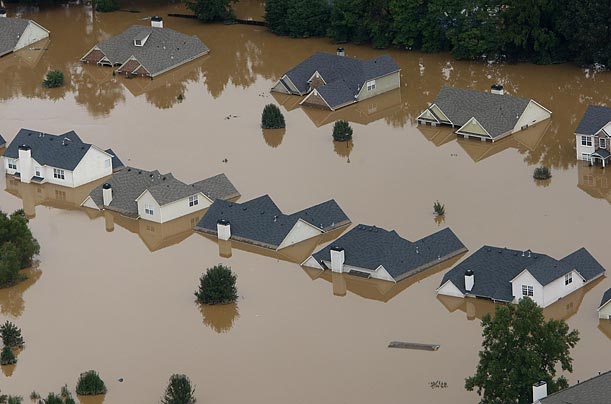
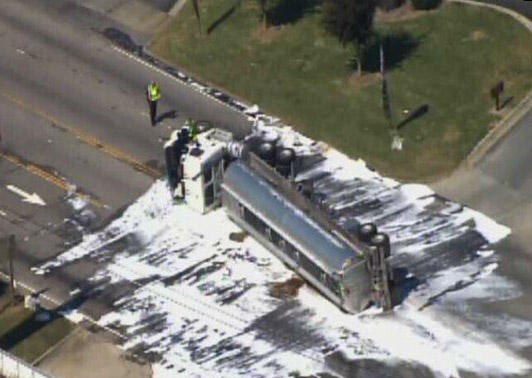
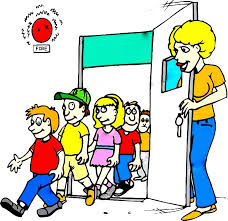
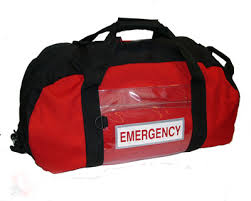
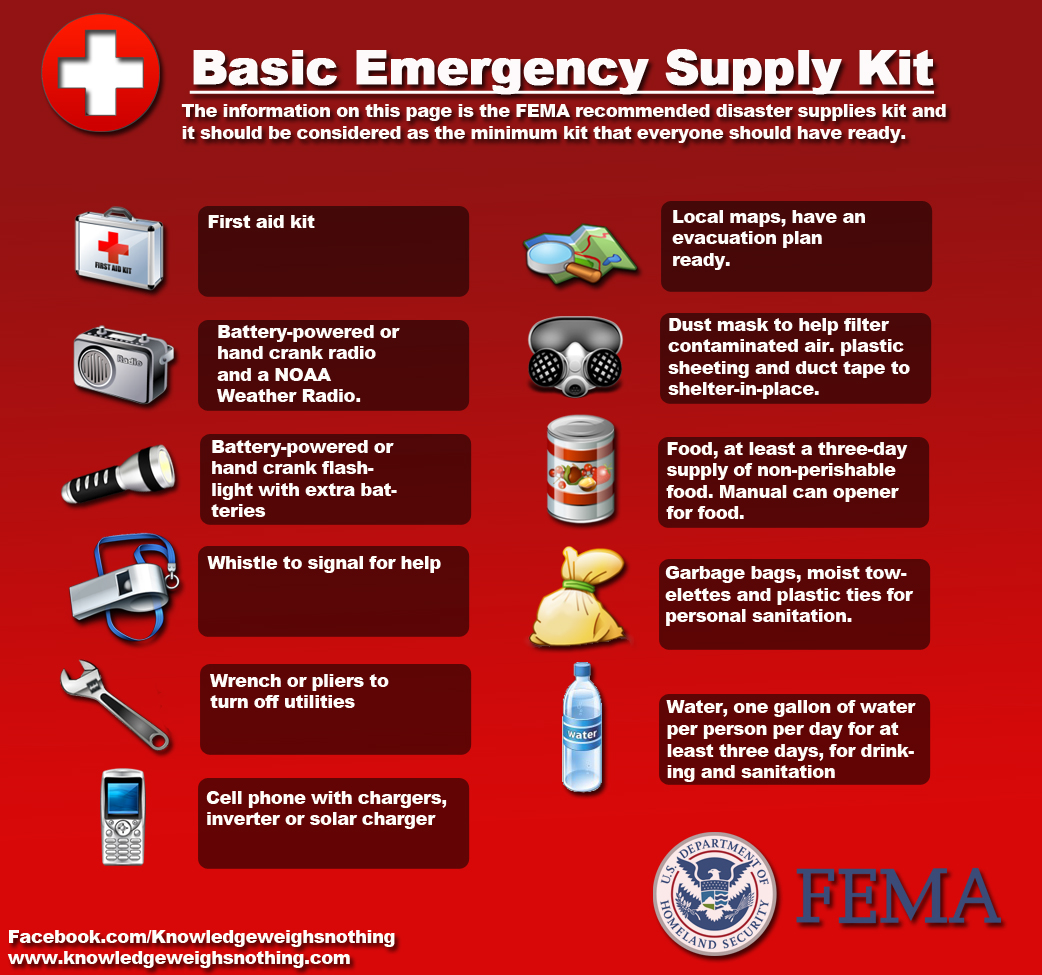
![blogSupplies11-5-14]](https://www.lywam.org/wp-content/uploads/2014/11/blogSupplies11-5-14.jpg)

